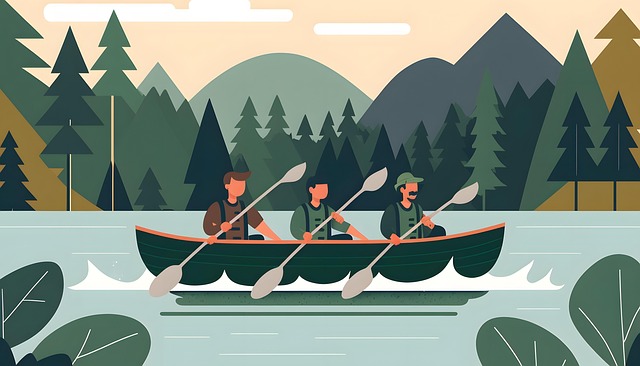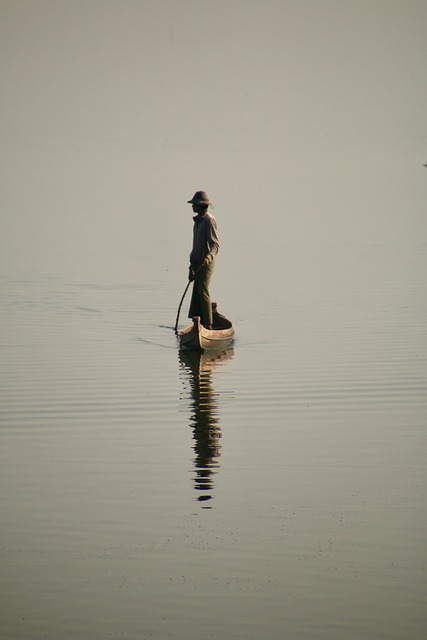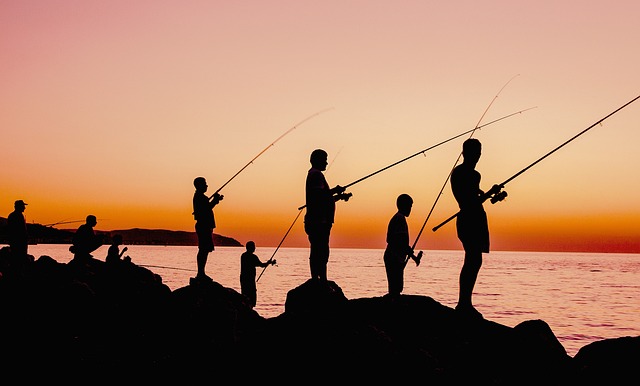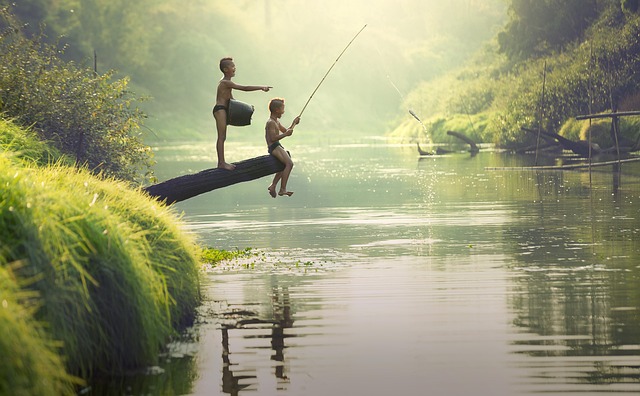Ice fishing in remote, frozen lake holes offers a peaceful winter adventure. Anglers should prepare with essential gear and prioritize safety when venturing into these areas. By seeking out secluded lakes far from urban centers, anglers can enjoy solitude and potentially catch diverse fish species. Success requires knowledge, specialized equipment, and adaptability to variable conditions while practicing environmental stewardship to preserve these natural habitats for future generations of anglers.
Embark on an enchanting winter adventure as we explore the allure of ice fishing on remote frozen lakes. In this guide, we’ll take you from the tranquility of snow-covered landscapes to successful catches. Discover the essential gear and safety tips for navigating these remote fishing holes. Learn how to choose the perfect frozen lake, master ice fishing techniques, and embrace environmental conservation practices. Uncover the unique responsibilities that come with this peaceful winter pastime.
- The Allure of Remote Fishing Holes in Winter
- Preparation for Ice Fishing: Essential Gear and Safety Tips
- Finding the Perfect Frozen Lake: Considerations for Location
- Techniques and Strategies for Successful Ice Fishing
- Responsibilities and Best Practices for Environmental Conservation
The Allure of Remote Fishing Holes in Winter
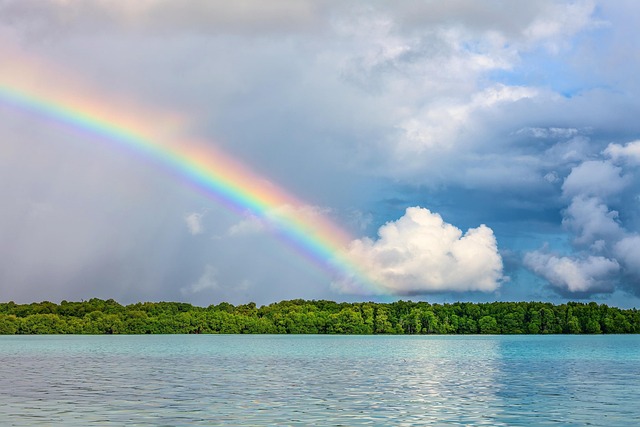
Ice fishing on frozen lakes in winter offers a unique and captivating experience, especially for those seeking the allure of remote fishing holes. The tranquility of a snow-covered landscape, where stillness reigns and only the occasional bird breaks the silence, provides a stark contrast to the bustling summer months. This quiet beauty beckons anglers to venture out onto the ice, exploring areas often untouched by human activity.
Remote fishing holes offer a sense of adventure and seclusion, allowing enthusiasts to immerse themselves in nature. The challenge of reaching these hidden spots, whether by snowshoe or ice auger, adds to the excitement. Anglers can enjoy the peacefulness of a winter wonderland while testing their skills against the cold, hard water—a far cry from the bustling fishing piers of summer.
Preparation for Ice Fishing: Essential Gear and Safety Tips

Ice fishing on frozen lakes offers a unique and exhilarating experience for outdoor enthusiasts during winter months. Before venturing out to remote fishing holes, proper preparation is key. Essential gear includes a sturdy ice auger for drilling holes, insulated waders or boots to keep you dry and warm, and a portable fish finder to locate the best spots. Don’t forget a reliable ice pick for stability and a safety kit with items like a floatation device, rope, and emergency shelter in case of sudden changes in weather conditions.
Safety should always be a top priority when ice fishing. Check ice thickness regularly as conditions can change quickly. Communicate your plans to someone on land, carry a cell phone or radio for emergencies, and wear bright clothing to increase visibility if you need to be rescued. Remember, with the right preparation and safety measures, ice fishing can be a memorable adventure in the heart of winter’s frozen landscape.
Finding the Perfect Frozen Lake: Considerations for Location
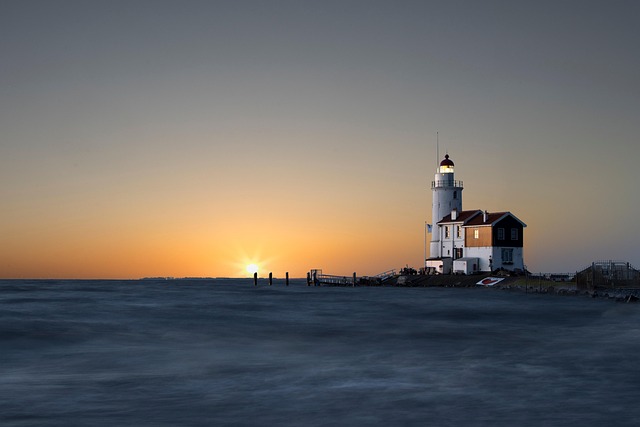
When planning a winter ice fishing adventure, finding the ideal frozen lake is paramount. Look for remote fishing holes that offer a serene and untouched experience. Consider locations far from bustling towns or popular tourist spots to ensure solitude and minimal disruption during your quest for the catch of the day. These secluded lakes often provide better opportunities to connect with nature and increase your chances of reeling in a prize fish.
In terms of location, opt for frozen bodies of water nestled in scenic landscapes, away from noise and crowds. Consider areas known for their vibrant wildlife and diverse fish species, enhancing the potential for an enriching experience. Remember, exploring remote fishing holes can lead to unforgettable memories, so do your research, check local regulations, and set out on a journey that promises both tranquility and adventure on ice.
Techniques and Strategies for Successful Ice Fishing

Ice fishing requires a unique set of skills and strategies to succeed in remote fishing holes where conditions can be unpredictable. One key technique is to scout the lake before heading out, looking for signs of fish activity like ripples or structures beneath the ice. Using sonar or a jigging rod with live bait can help locate fish and determine their depth.
Another successful strategy is to dress appropriately for the extreme cold and bring essential gear such as an ice auger for drilling holes, a portable shelter for warmth, and a reliable fishing rod and reel setup designed for ice conditions. Patience is also vital; fish bite less frequently on ice, so it’s crucial to stay calm, stay warm, and keep trying different techniques or bait until you find what works best for the day.
Responsibilities and Best Practices for Environmental Conservation

Ice fishing on frozen lakes offers a unique and exhilarating experience, but it’s crucial to approach this activity with an understanding of environmental conservation responsibilities. Before venturing out to remote fishing holes, anglers should familiarize themselves with local regulations regarding ice thickness safety, waste disposal, and preserving aquatic habitats. Responsible practices include checking ice conditions regularly and ensuring fishing activities don’t disturb the delicate ecosystem beneath the surface.
Anglers should also consider leaving no trace at these remote sites. This means properly disposing of all waste, including used bait and fish remains, to prevent pollution. Additionally, minimizing noise and disturbance to nearby wildlife habitats is essential. By adhering to these best practices, ice fishermen can help protect the beauty and biodiversity of frozen lakes, ensuring future generations can also enjoy this wintertime tradition.


